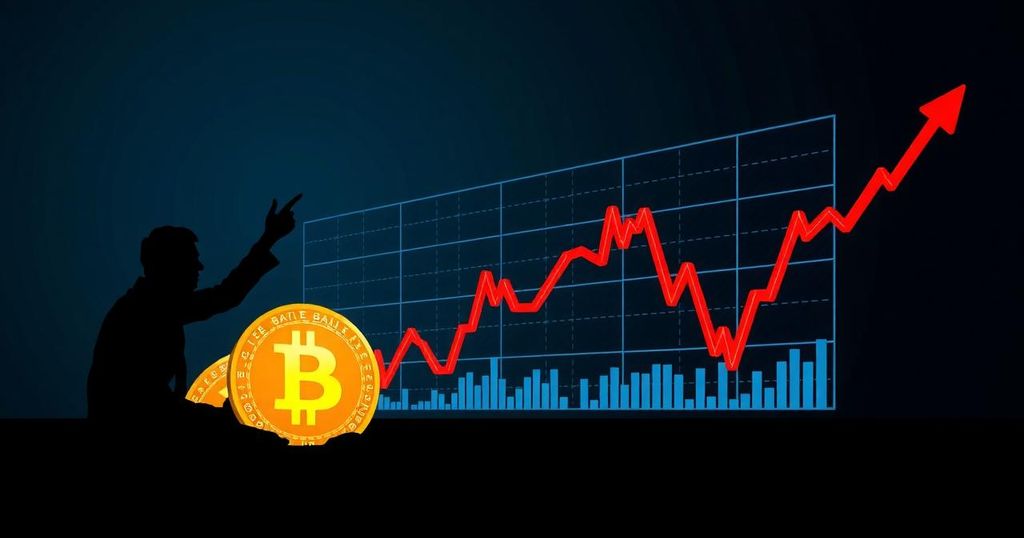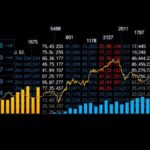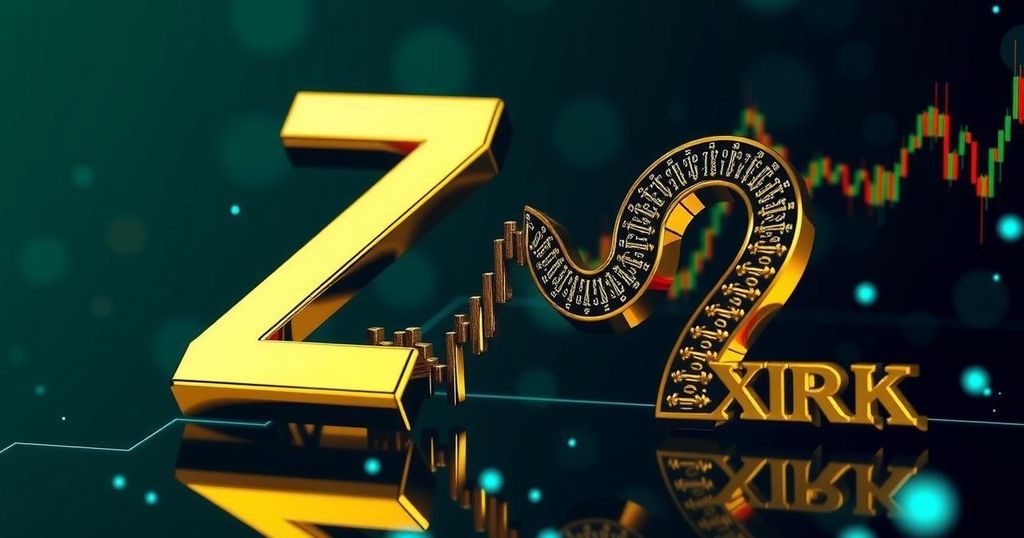Analyzing the Impending Risks: U.S. Stock Market Indicators and Their Impact on Bitcoin
The relationship between the United States stock market and cryptocurrency, particularly Bitcoin (BTC), is a topic of ongoing discussion among financial analysts. Although the correlation between these two asset classes may not be uniformly robust, a notable tendency exists wherein gains in one market are often mirrored in the other, albeit sometimes with a temporal lag. Given the current indications of a potential recession in the U.S. stock market, a pertinent question arises: how might this impact Bitcoin and the broader cryptocurrency ecosystem?
In early August, Bitcoin experienced a significant downturn, with a notable 7% drop reported in the past week. Currently, Bitcoin’s trading position is precarious, hovering around a critical psychological barrier. Analysts express concern regarding the U.S. stock market showing signs of fatigue, which could have cascading effects on BTC and the wider financial landscape.
A recession in the U.S. markets would likely have detrimental effects on both the stock and cryptocurrency markets, as financial instability often bleeds across sectors. Furthermore, uncertain results in the imminent U.S. elections might catalyze additional market declines.
Bitcoin’s correlation with the U.S. stock market, while often described as weak, exhibits a tendency toward positive co-movement, particularly in response to liquidity cycles and macroeconomic developments. Historical data reveals that BTC is sensitive to shifts in monetary policy dictated by U.S. authorities.
In the third quarter of 2007, the S&P 500 index exhibited early warning signs that suggested an impending reversal, characterized by a rapid v-shaped recovery followed by bearish divergences. This behavior culminated in a sharp downturn following the Federal Reserve’s decision to alter interest rates in September of that year. The present situation has striking similarities, as the Fed is anticipated to announce its interest rate policy on September 18, mirroring the timeline from 2007. Additionally, the S&P 500 has shown a similar pattern of v-shaped recovery between early August and late August.
The recent stagnation of Bitcoin’s price below its all-time high (ATH) from 2021, maintained for six consecutive months, signals a heightened probability of a price crash. The current state of the S&P 500 echoes patterns observed in early September 2007, which precede recessions. Historical occurrences indicate that any onset of panic selling could negatively influence Bitcoin’s market performance. Consequently, significant economic indicators such as the Nonfarm Payrolls report, scheduled for release on September 6, and the Federal Reserve’s interest rate decision, will be pivotal. A sign of recession became apparent after a significant decline in early August, with the S&P 500 plummeting nearly 10%, while Bitcoin suffered a staggering 30% crash. Investors may brace for another market correction if the latest employment data is perceived as an indicator of economic decline in the U.S.
Conversely, should the Nonfarm Payrolls report exhibit strong employment figures and if the Federal Reserve enacts a rate cut on September 18, it could engender a bullish sentiment across the markets, potentially driving Bitcoin’s value upward. Such an outcome may propel Bitcoin to approach the significant $70,000 threshold or potentially achieve a new all-time high exceeding $80,000.
In conclusion, the forthcoming macroeconomic data will be essential in determining whether the broader market and Bitcoin will experience a positive turnaround or if a further decline is imminent. Stakeholders and investors are encouraged to remain vigilant and informed as events unfold.








Post Comment